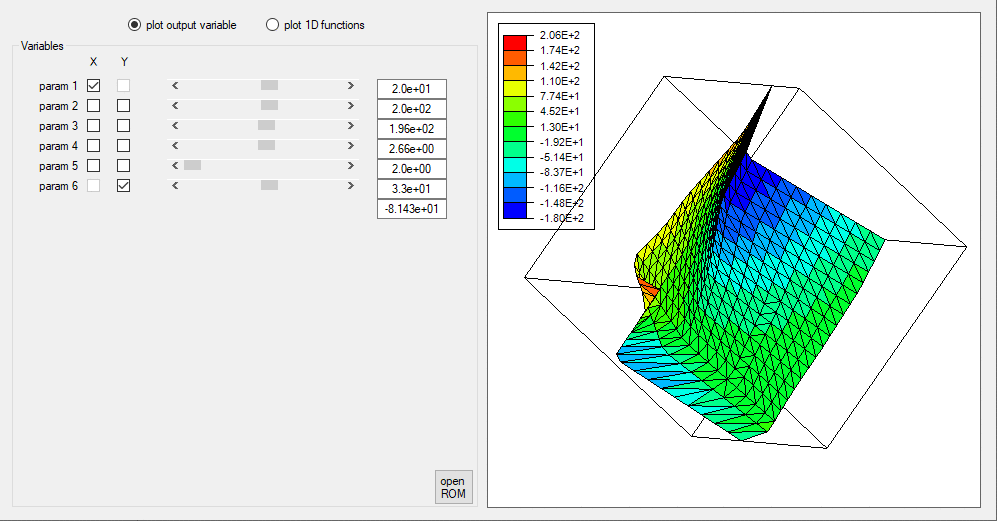
Reduced Order Modelling
.
This project will develop simulation methodologies to estimate the friction variation produced by a given texture, by considering the most relevant mechanisms that influence friction in dynamic elastomeric seal components. The computational power required to solve individual and combined friction models is extremely high. To overcome high computational costs, ITAINNOVA approach is to use reduced order modelling and optimisation.
Reduced order modelling (ROM) is a novel technique that transforms complex, computationally expensive simulation models (or data sets) into significantly less complex mathematical functions. ROM models can be run on simple platforms in real time to provide accurate model solutions that can be quickly determined from such functions.
The novelty of our proposal is to use ROM for developing a parametric tool for predicting the friction behaviour of a dynamic system as a function of the input parameters and obtaining the optimal parameters for minimising the friction. It will allow dynamic seal manufacturers to design surface texture patterns through the use of a parametric, instantaneous model that will allow them to visualize in real time the effects of changing the surface texture.

- C. Bengoechea-Cuadrado, M. García-Camprubí, V. Zambrano, F. Mazuel, S. Izquierdo, «Virtual Sensor Development Based on Reduced Order Models of CFD Data», in Proceedings of the 17th IEEE INDIN International Conference, 2019.
- I. Viejo Monge, N. Alcalá Serrano, S. Izquierdo, I. Conde Vallejo, V. Zambrano, L. A. Gracia Grijota, «Reduced order models for uncertainty management and zero-defect control in seal manufacturing», in Proceedings of the 17th IEEE INDIN International Conference, 2019.

